identify this weed
Vinny-1
11 years ago
Featured Answer
Sort by:Oldest
Comments (11)
Embothrium
11 years agoRelated Professionals
Foothill Ranch Landscape Architects & Landscape Designers · Garden City Landscape Architects & Landscape Designers · Glendora Landscape Architects & Landscape Designers · Panama City Landscape Architects & Landscape Designers · Saint Louis Park Landscape Architects & Landscape Designers · Medford Landscape Contractors · Mooresville Landscape Contractors · Beverly Hills Landscape Contractors · Indianapolis Landscape Contractors · Milford Mill Landscape Contractors · Nashua Landscape Contractors · San Benito Landscape Contractors · Stony Brook Landscape Contractors · The Woodlands Landscape Contractors · Melvindale Stone, Pavers & ConcreteVinny-1
11 years agocmray
11 years agocmray
11 years agotexasflip
11 years agosaltcedar
11 years agotomparm
10 years agotomparm
10 years agoricstr
last yearJay 6a Chicago
last yearlast modified: last year
Related Stories

GARDENING GUIDESWeed War: When and How to Use Chemical Herbicides
Before you spray, arm yourself with knowledge about which weed killers — natural or synthetic — are right for your yard
Full Story
EDIBLE GARDENSNatural Ways to Get Rid of Weeds in Your Garden
Use these techniques to help prevent the spread of weeds and to learn about your soil
Full Story
GARDENING GUIDES5 Ways to Naturally Win the Weed War
Show irksome weeds no mercy with these tricks for combating them sans chemicals
Full Story
GARDENING GUIDESLet's Weed Out 4 Native Plant Myths
Plant wisely for a garden that supports pollinators and requires less work
Full Story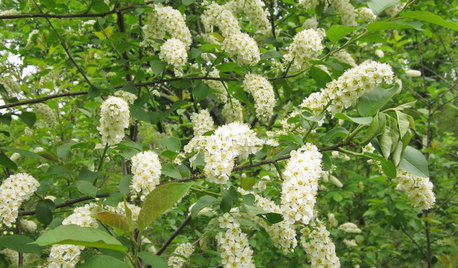
TREESNative Plant Alternatives to Invasive Common Buckthorn
Learn how to identify and control this aggressive plant, and what to grow in its place
Full Story
GARDENING FOR BUTTERFLIES3 Ways Native Plants Make Gardening So Much Better
You probably know about the lower maintenance. But native plants' other benefits go far beyond a little less watering and weeding
Full Story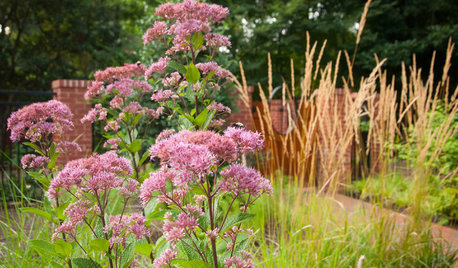
GARDENING GUIDESGreat Design Plant: Eutrochium Maculatum
Sculptural, slightly tropical looking and a boon to wildlife, Spotted Joe Pye Weed is a gotta-have plant in many parts of the U.S.
Full Story
EARTH DAYThe Case for Losing the Traditional Lawn
Work less, help the environment and foster connections by just saying no to typical turf
Full Story
CONTAINER GARDENS3 Steps to Creating Quick, Easy and Colorful Succulent Containers
Take a bright container, add a colorful succulent or two and have a professional, summery design in minutes
Full Story
GARDENING GUIDESHow to Fix Bare and Yellow Lawn Spots
Restore your turf’s good looks by reseeding unsightly patches
Full Story





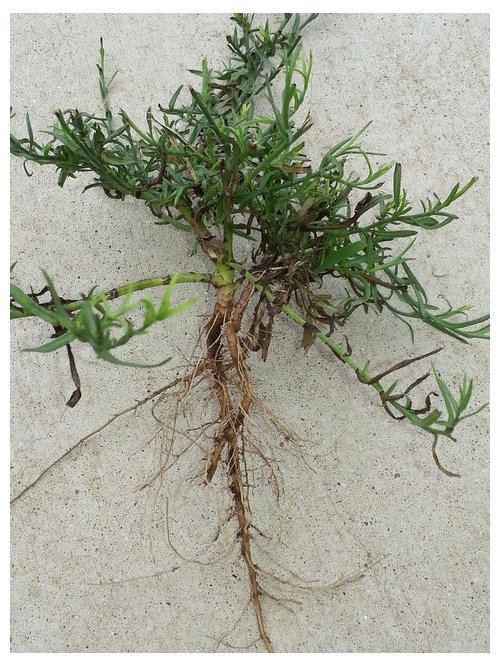
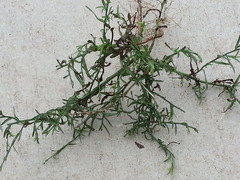
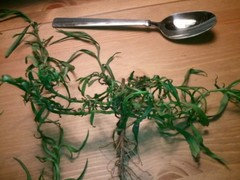


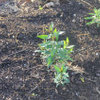
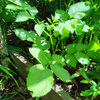
Vinny-1Original Author